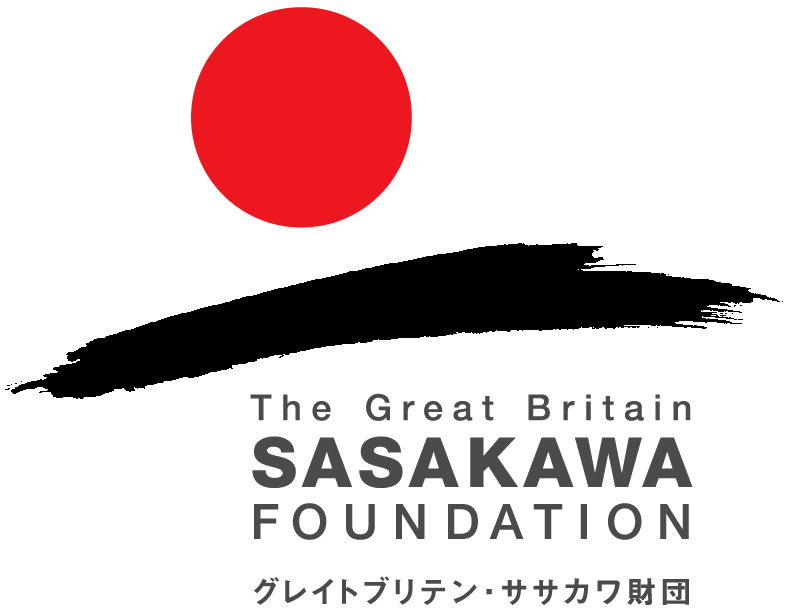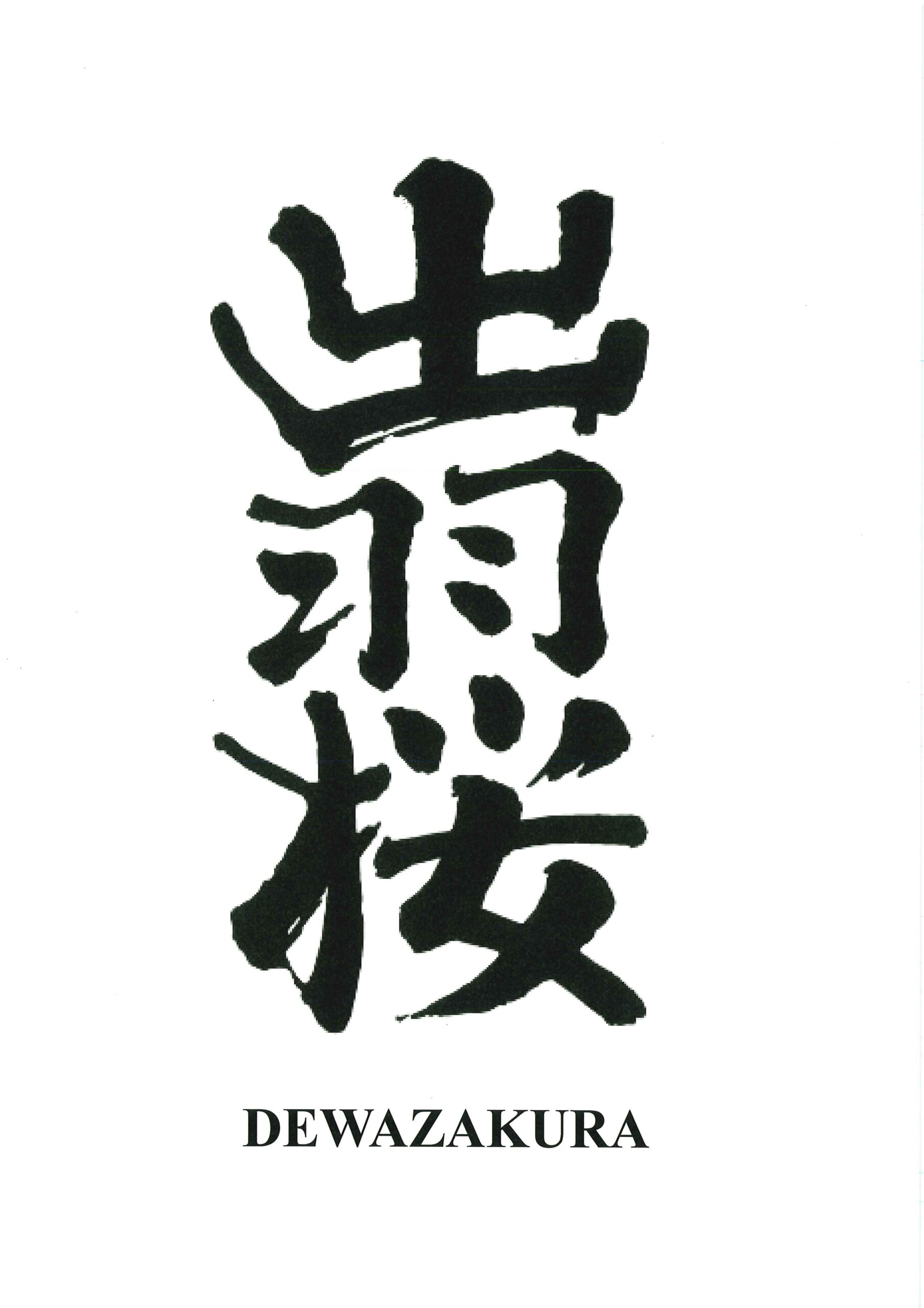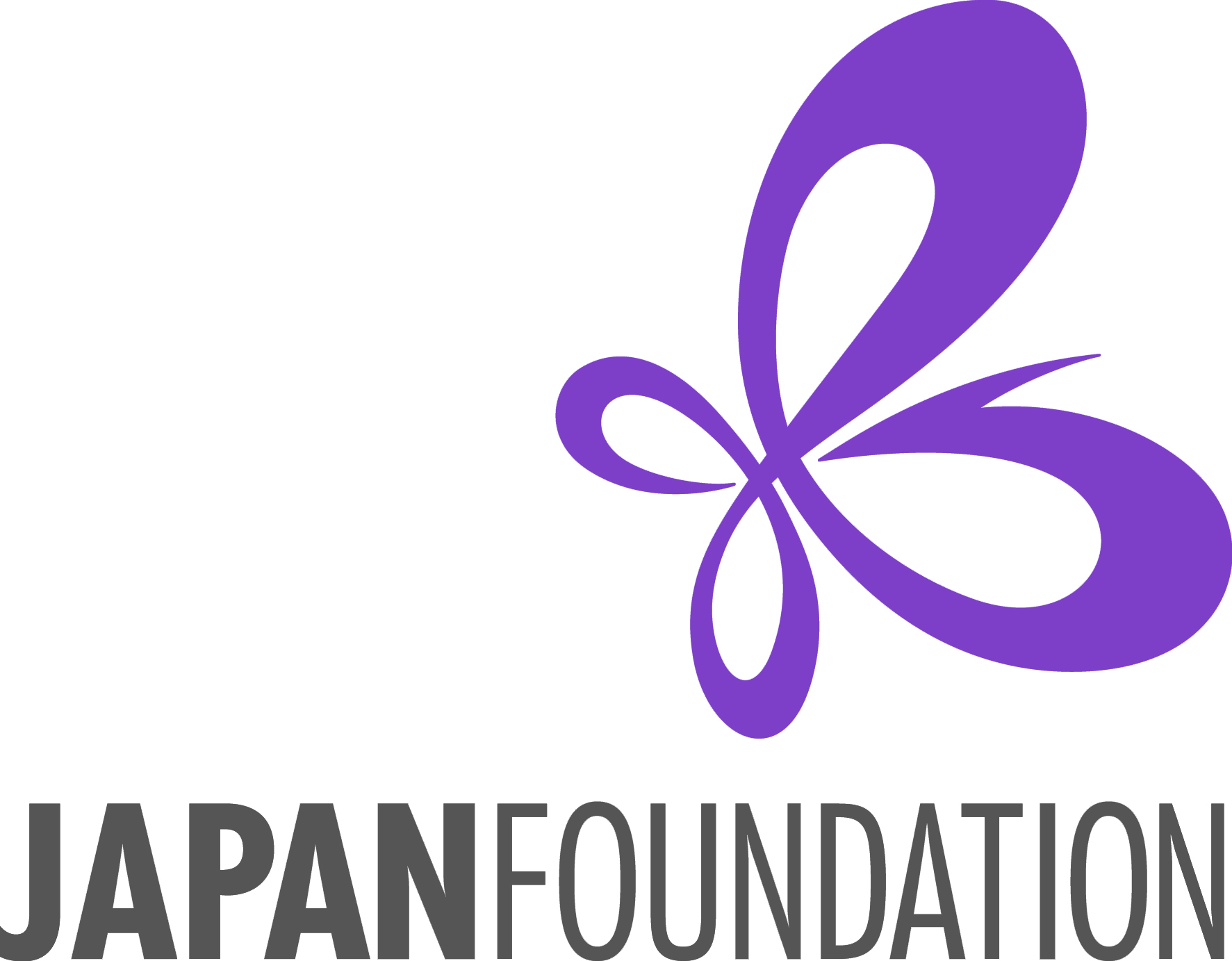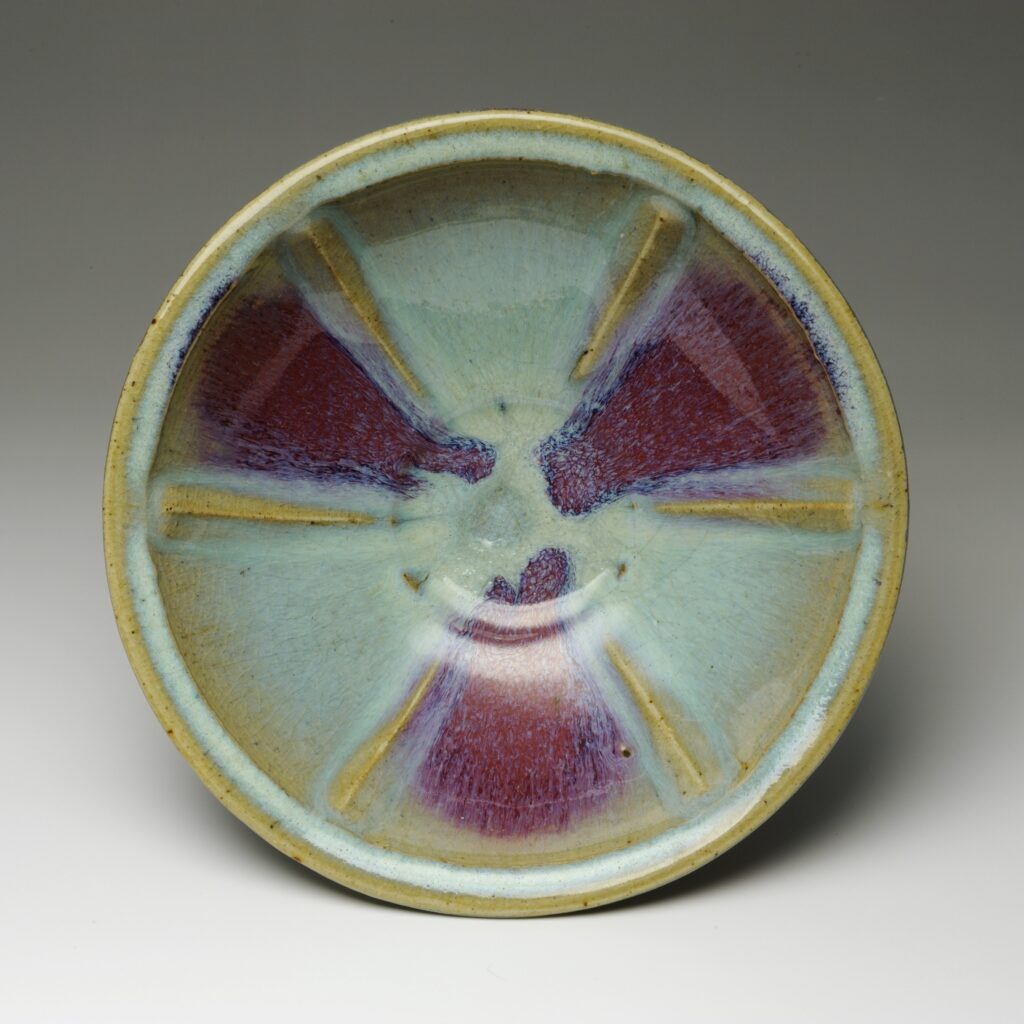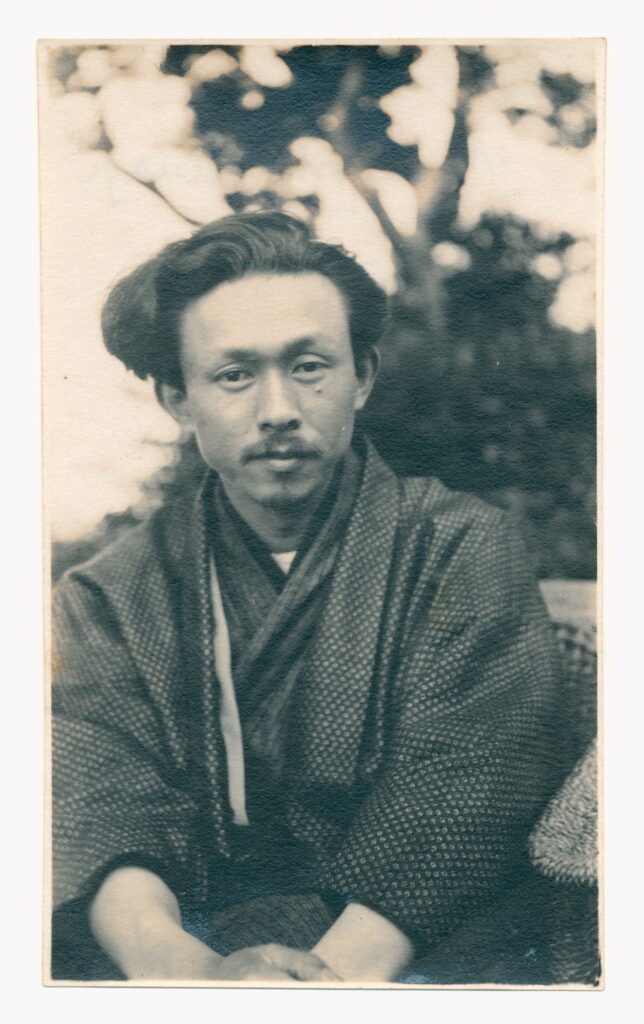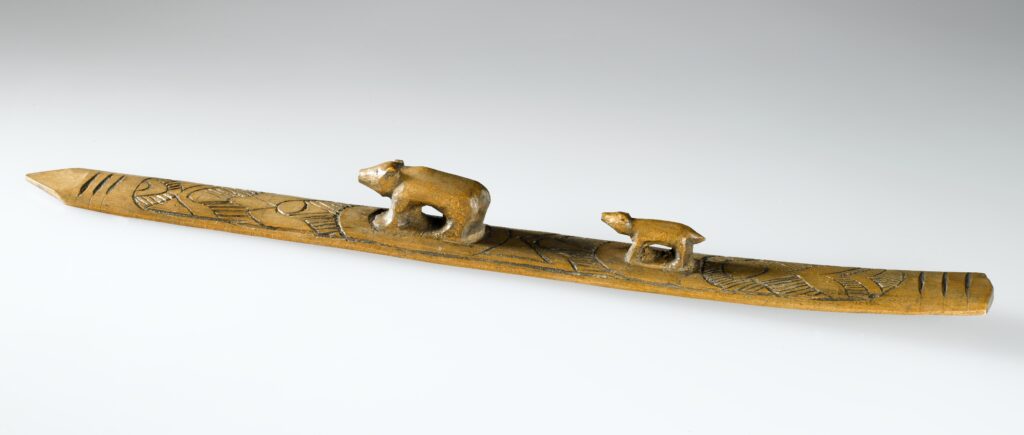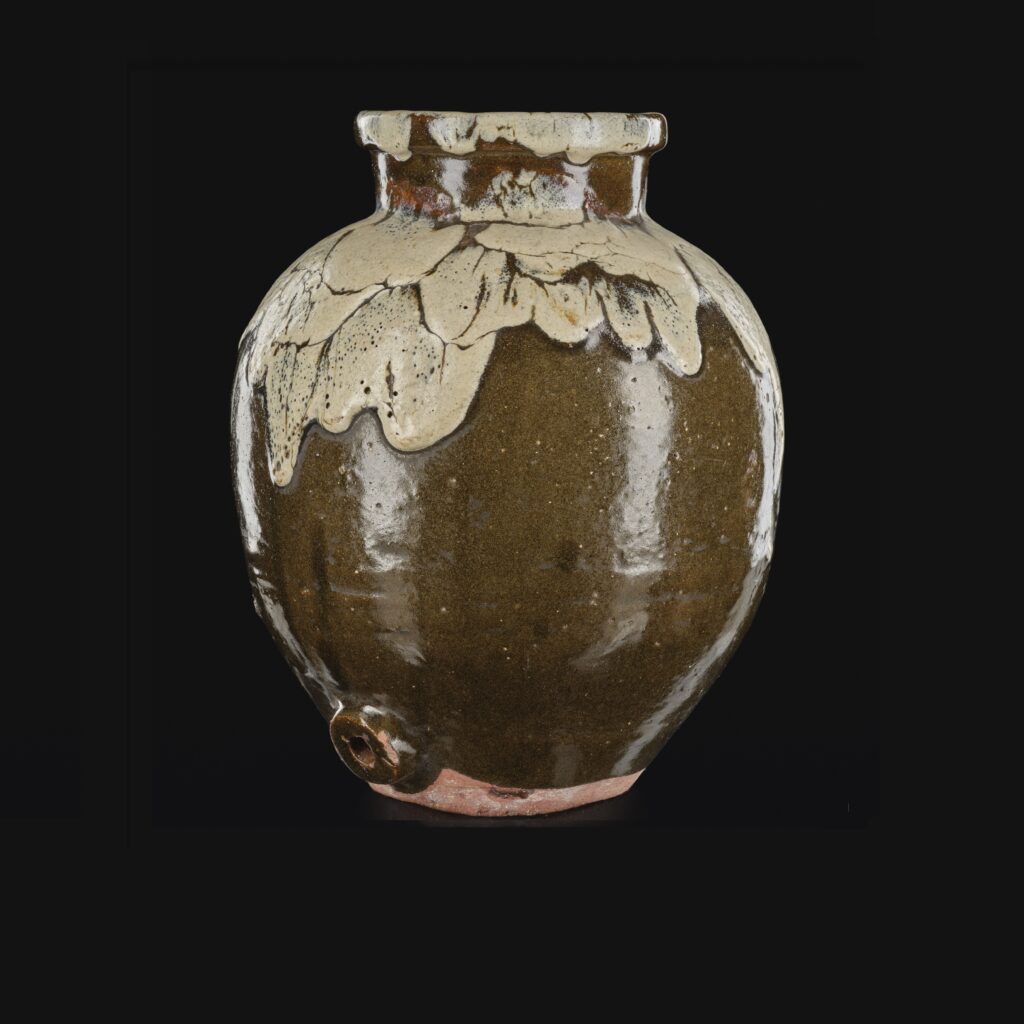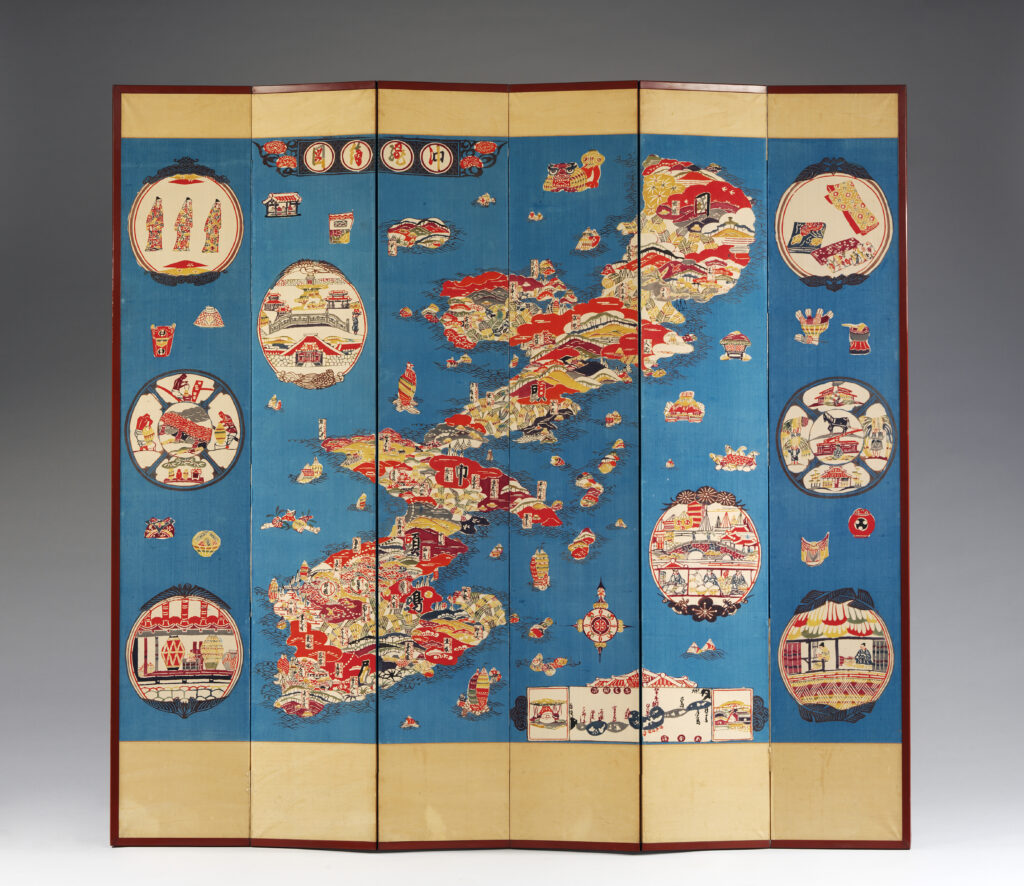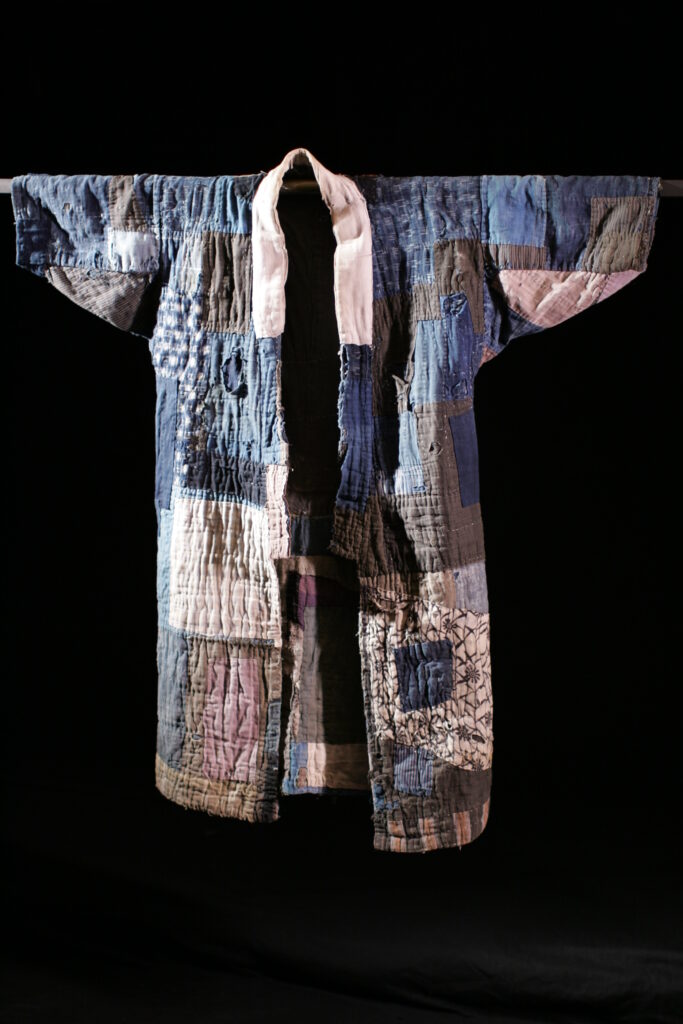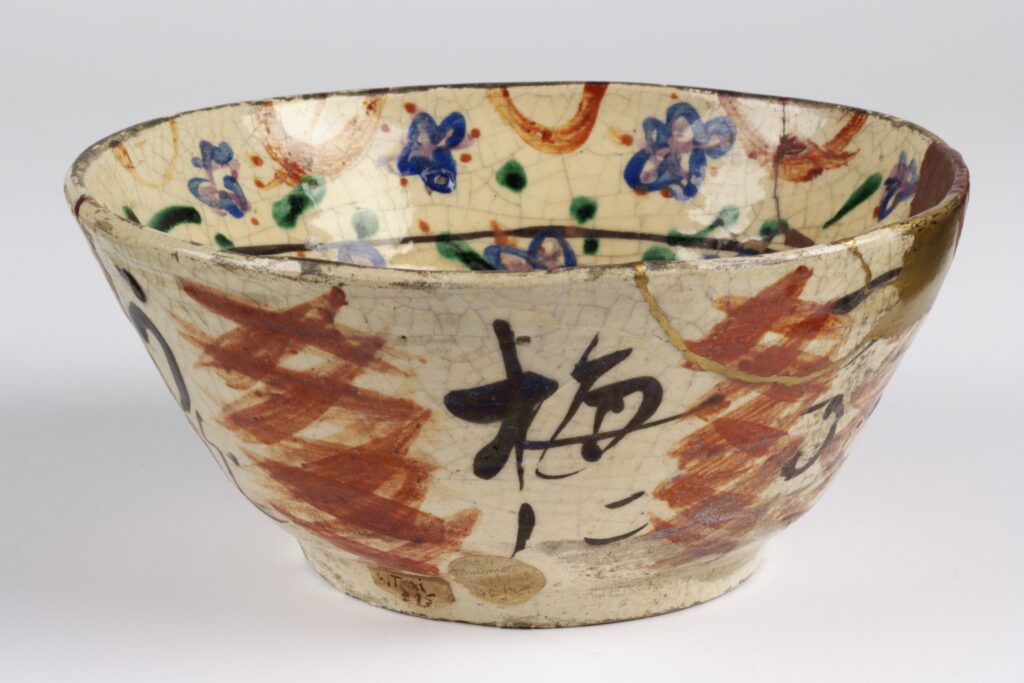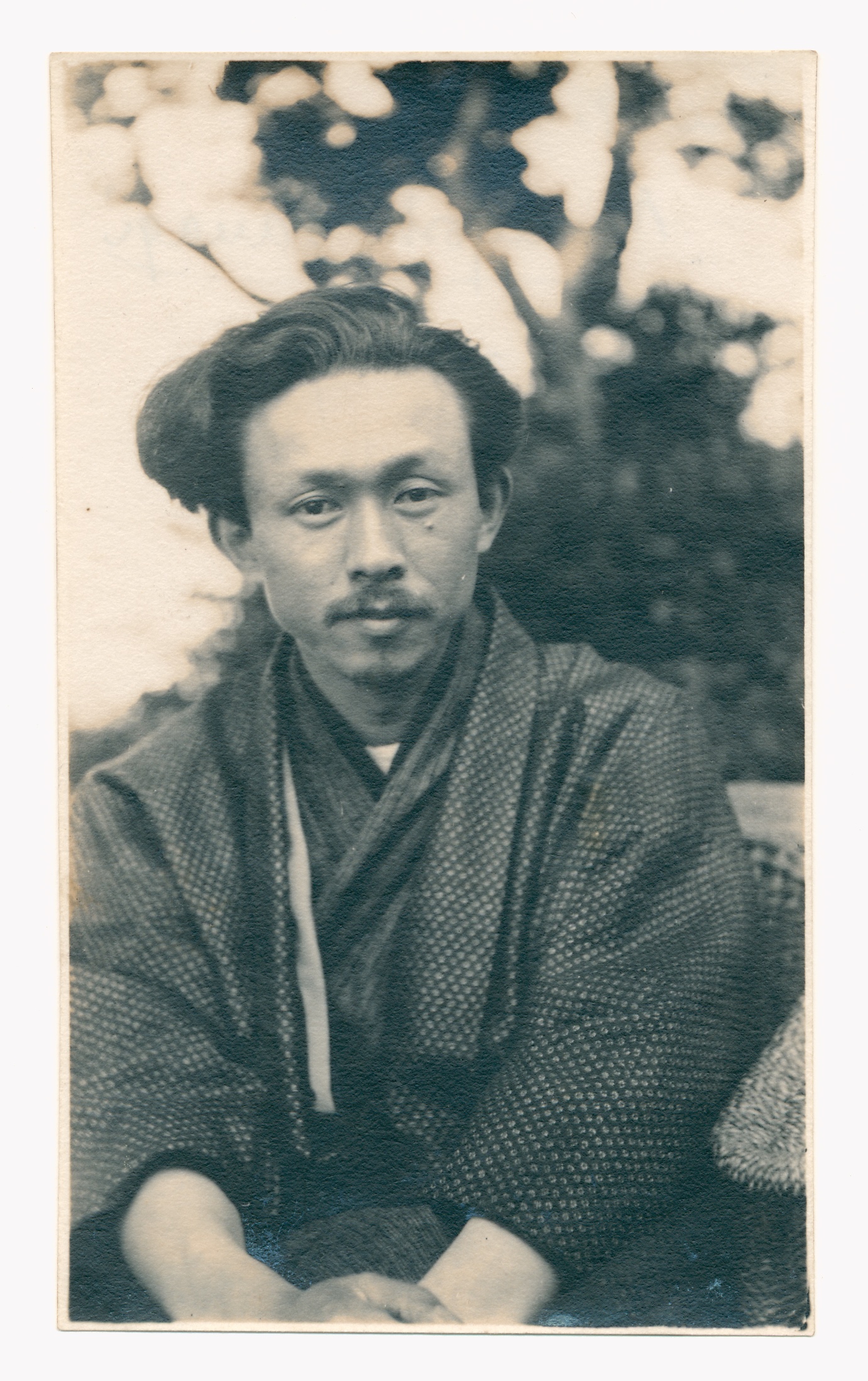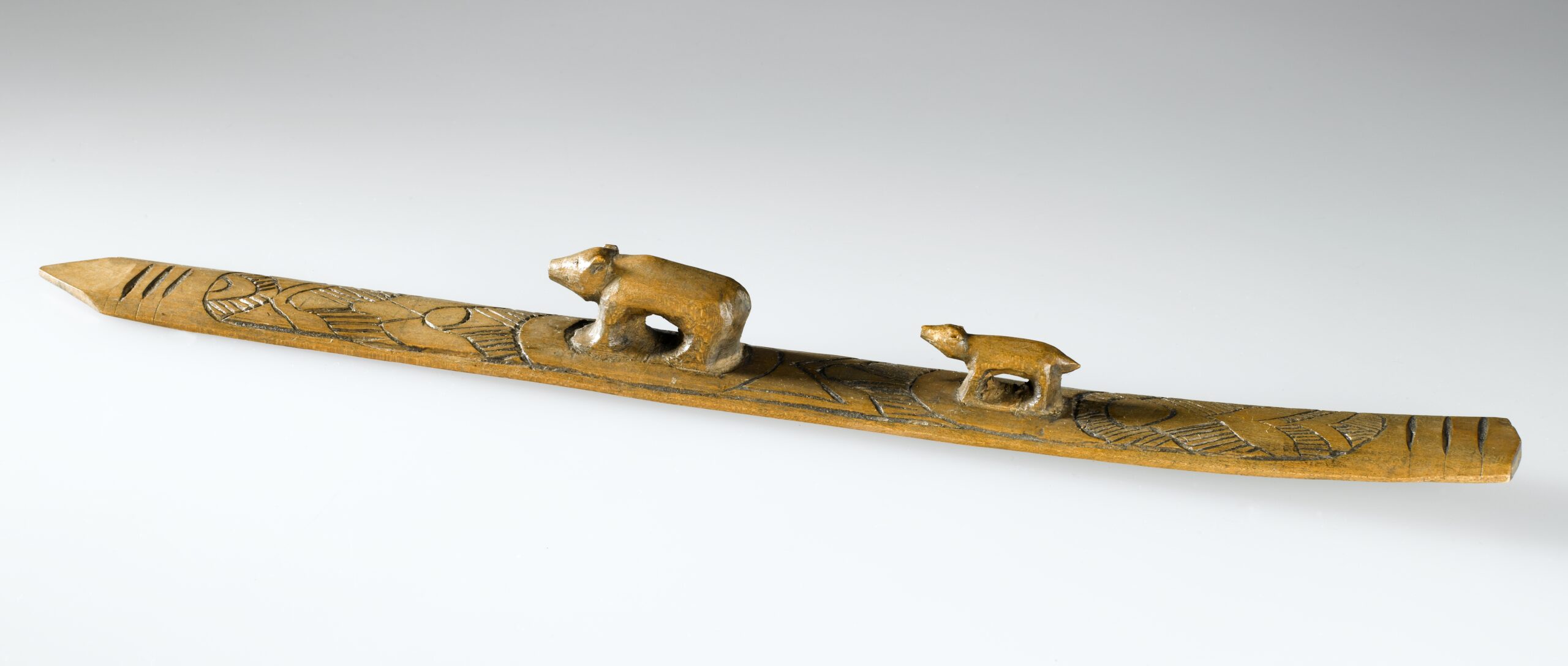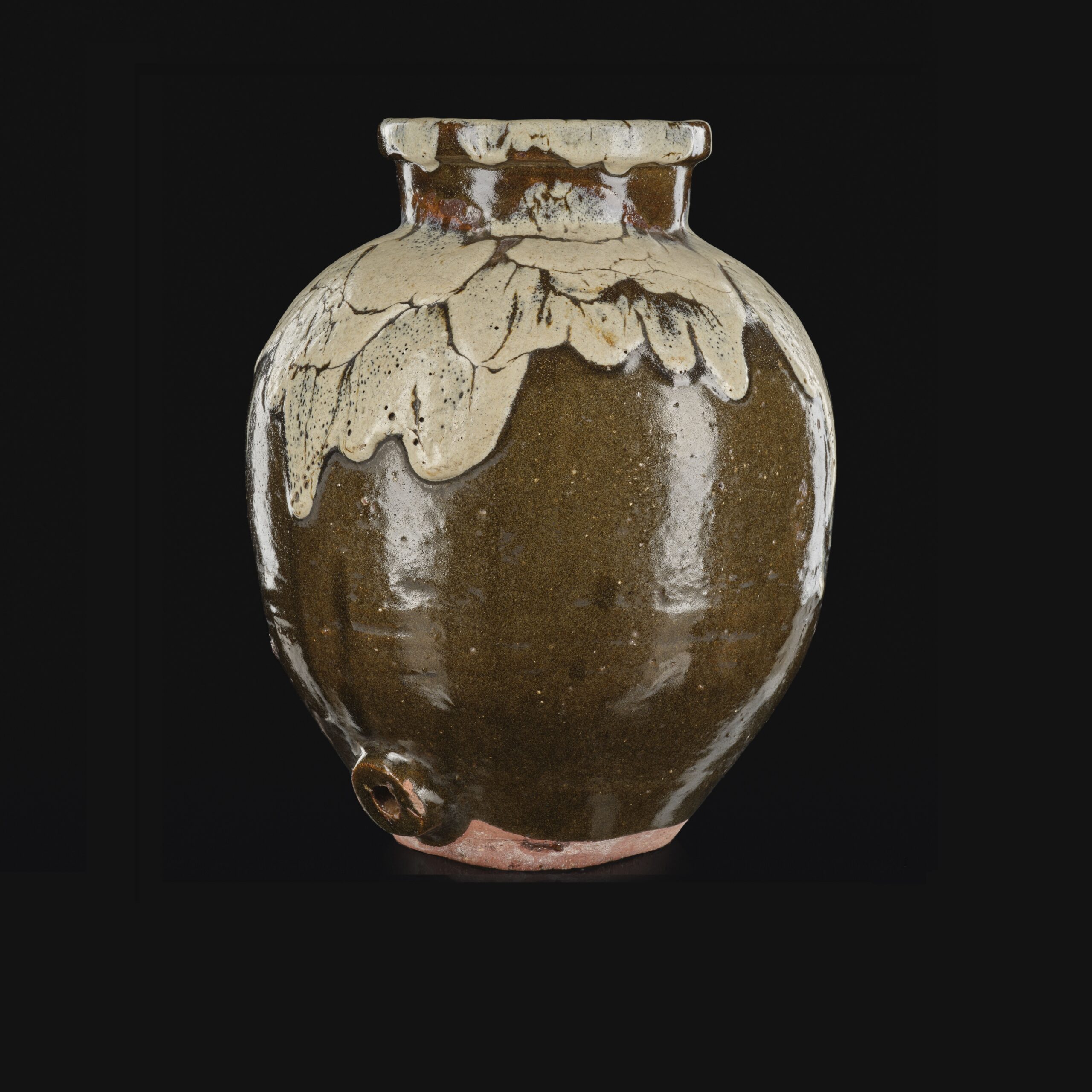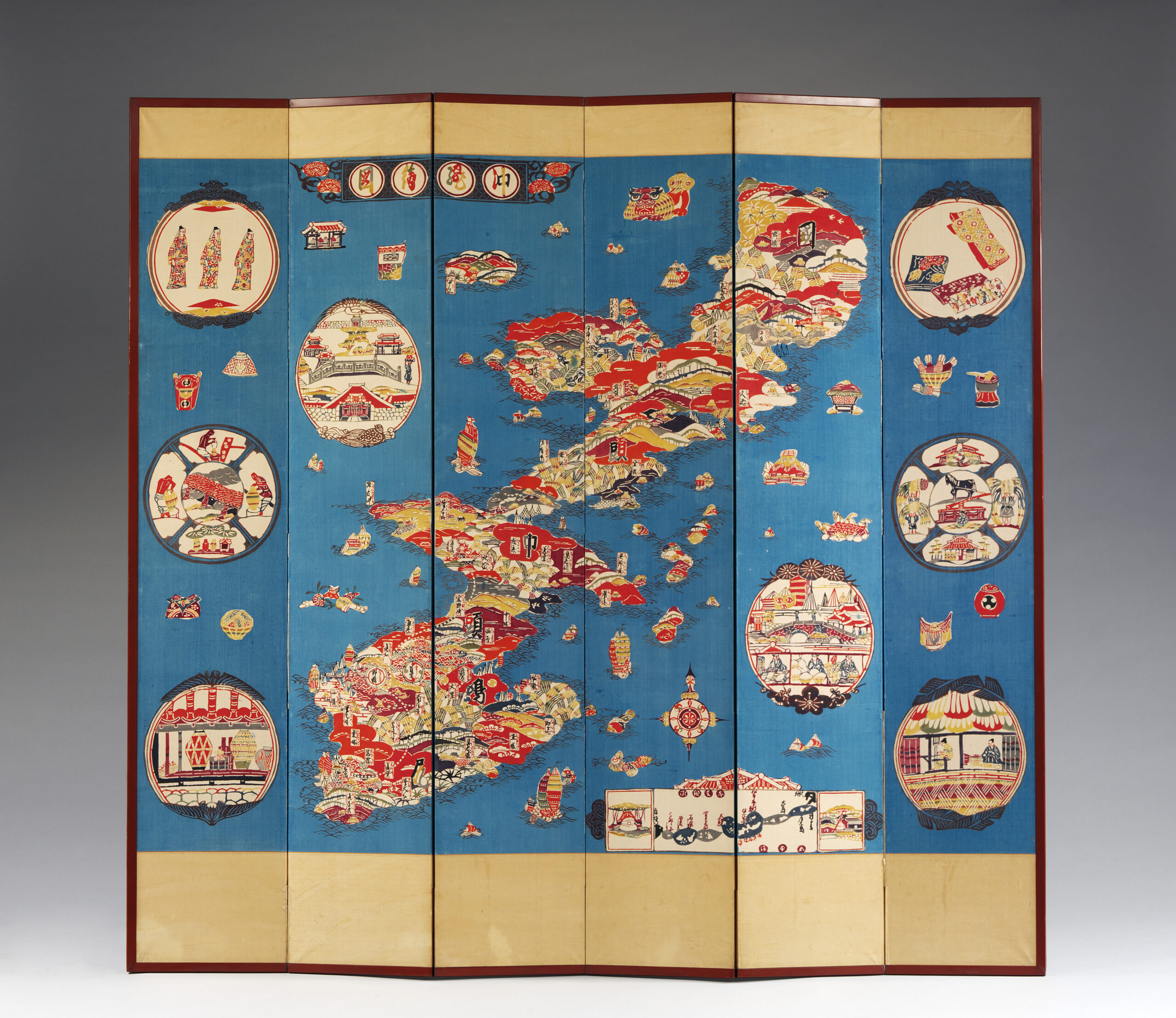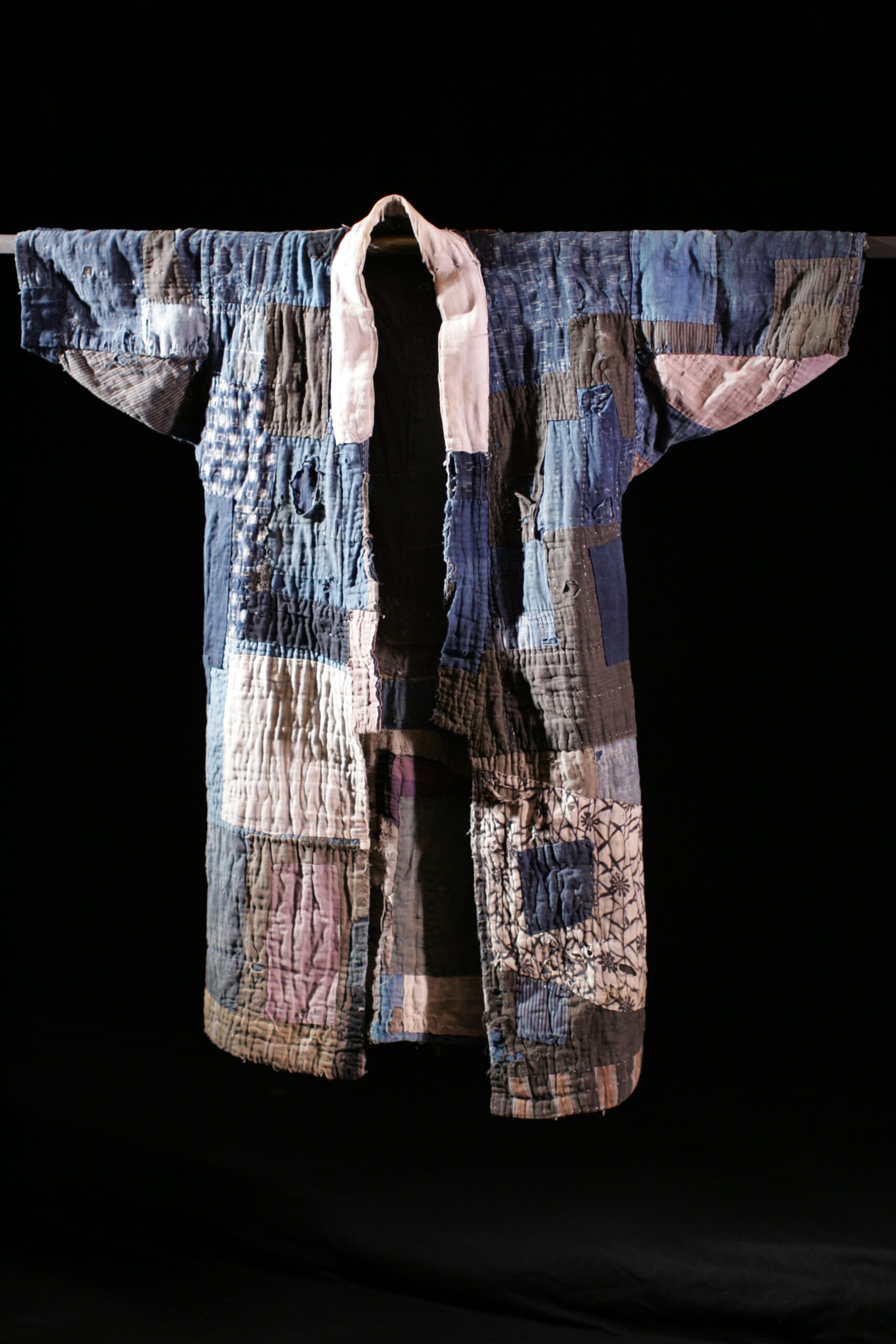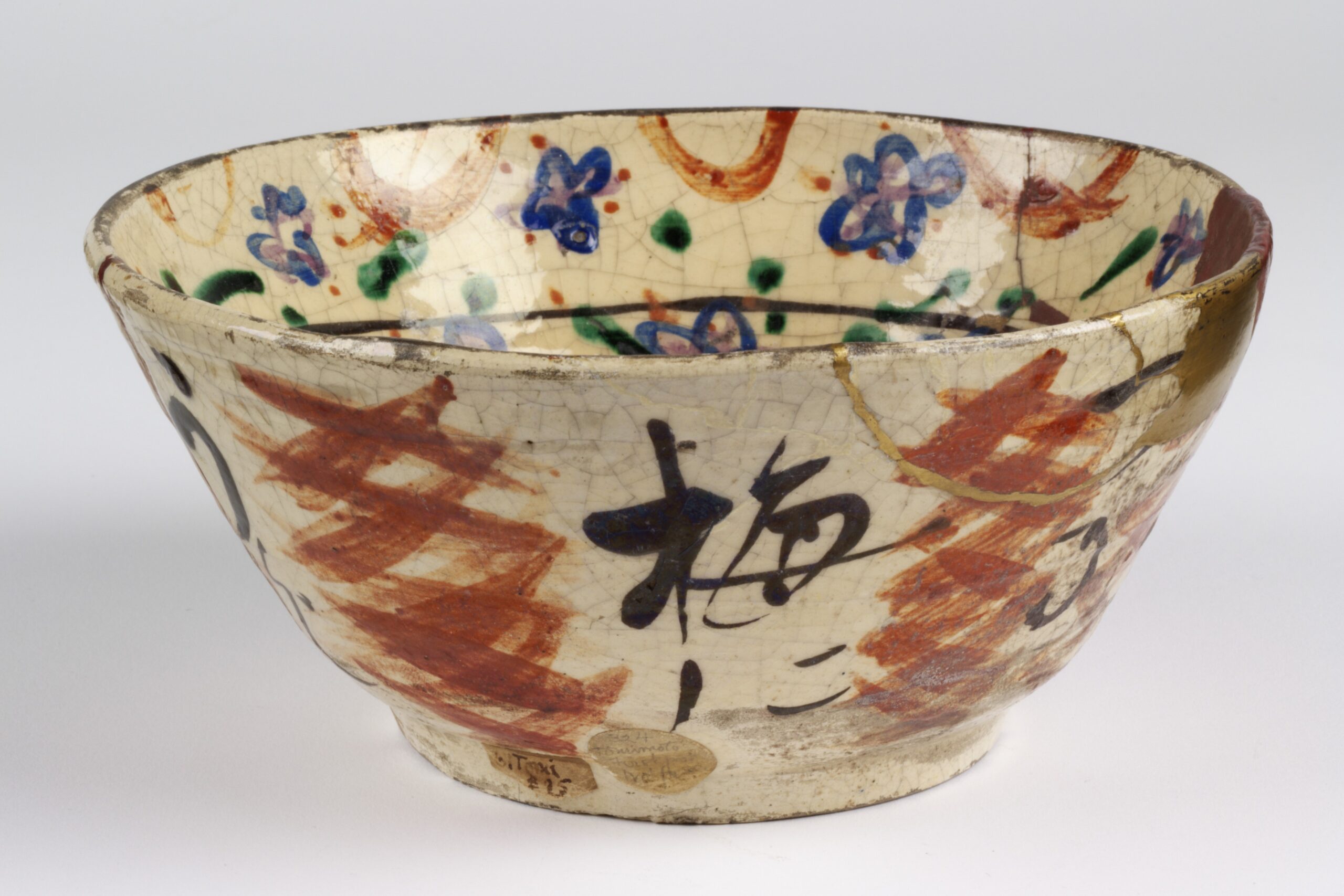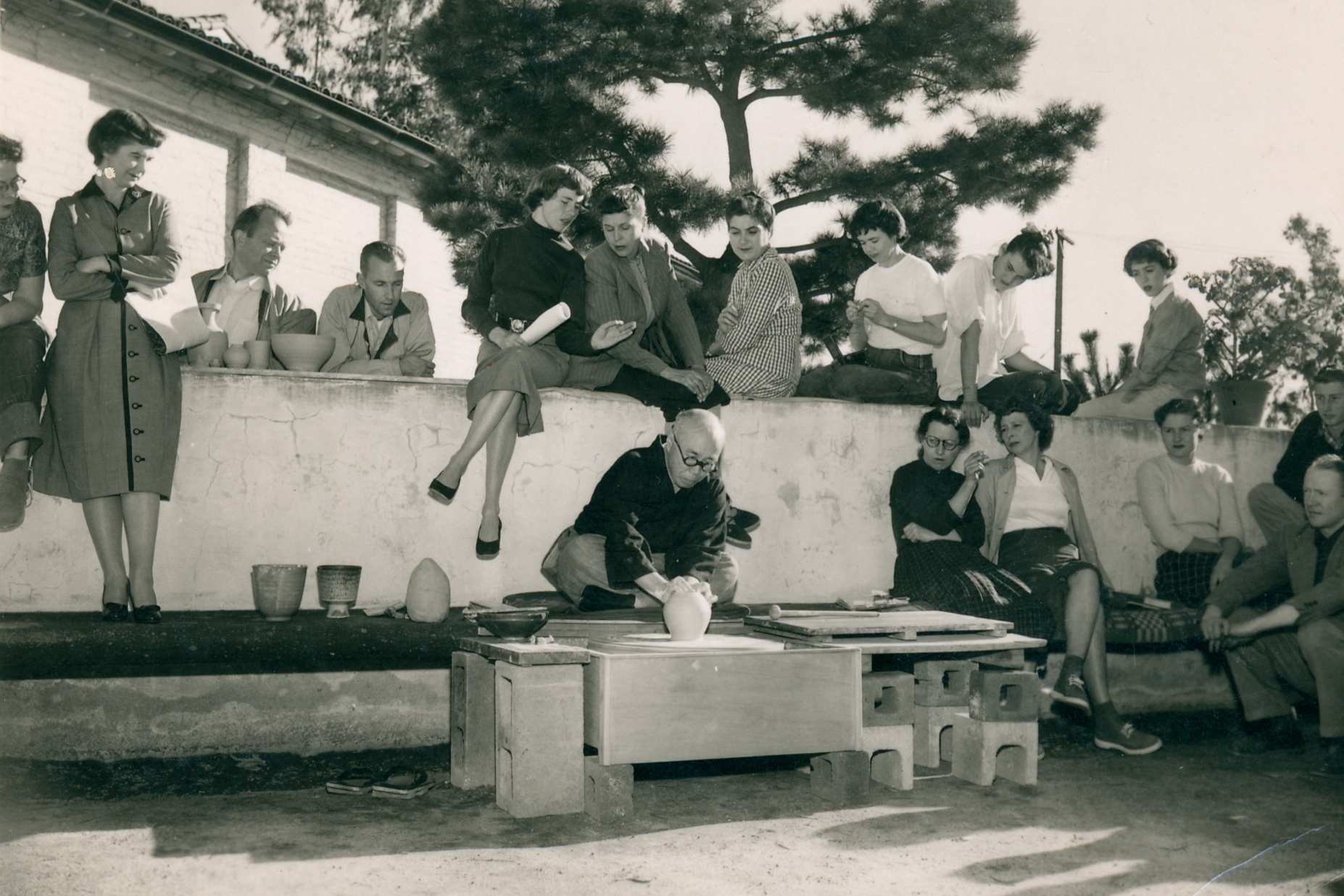
Art Without Heroes
Mingei
UPCOMING EXHIBITION
On now until Sunday, 22 September 2024
The most wide-ranging exhibition in the UK dedicated to Japanese folk-craft.
Art Without Heroes: Mingei is the most wide-ranging exhibition in the UK dedicated to Mingei, the influential folk-craft movement that developed in Japan in the 1920s and 1930s. With works including ceramics, woodwork, paper, toys, textiles, photography and film, the exhibition will incorporate unseen pieces from significant private collections in the UK and Japan, along with museum loans and historic footage from the Mingei Film Archive.
Mingei is a term coined by the Japanese philosopher and critic Yanagi Sōetsu (1889-1961) to mean ‘the art of the people’ and ascribes cultural value and aesthetic purity to traditional craft objects, unnamed makers and a simpler way of life. The exhibition will consider Mingei both as a historical moment and as a set of principles that remain relevant to contemporary craft, manufacturing and material consumerism worldwide.
Like the British Arts and Crafts movement, Mingei was a response to rapid industrialisation. Mingei developed in dialogue with the work of William Morris and his contemporaries, within a specifically Japanese context that included the strong influence of Pure Land Buddhism. The exhibition will also introduce the significance of Korean, Okinawan and Ainu objects to the Mingei movement, showing how these independent cultures contributed to what tends to be seen as a quintessentially Japanese aesthetic.
Divided into three parts, the exhibition will start with the 19th-century craft objects the Mingei movement looked to for inspiration. The second part of the exhibition will focus on the origin and evolution of the Mingei movement during the 20th century. Spearheaded by Yanagi, Japanese studio potter Hamada Shōji (1894-1978) and British studio potter Bernard Leach (1887-1979), it proposed an alternative to the rise of industrialism that accompanied the modernisation of Japanese society. Together Yanagi, Hamada and Leach, who described themselves as the ‘three musketeers’, championed the Mingei ideals of ‘art without heroes’, true beauty and traditional craft skills, leading a revival of interest in folk crafts.
The final section of the exhibition will consider 21st-century iterations of the Mingei movement and modern re-interpretations of its core values. It will also show how the term ‘Mingei’ has been reinterpreted and reclaimed by contemporary artists, including work by Theaster Gates which explores the spiritual and artistic dialogue between Black and Japanese craft traditions, a key concern of his practice.
Designed by Hayatsu Architects and graphic design studio Stinsensqueeze, the exhibition will be accompanied by a major new publication by Yale University Press edited by curator Roisin Inglesby.
Art Without Heroes: Mingei is produced in collaboration with the Japan Foundation and is supported by The Great Britain Sasakawa Foundation.
Image: Hamada demonstrating in California 1953. From the collections of the Crafts Study Centre, University for the Creative Arts.
Read the full press release here.
